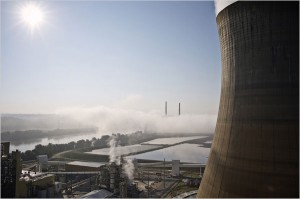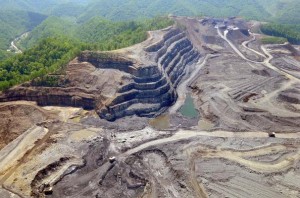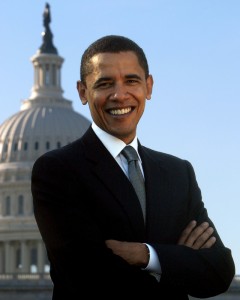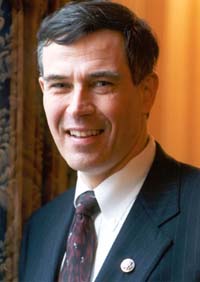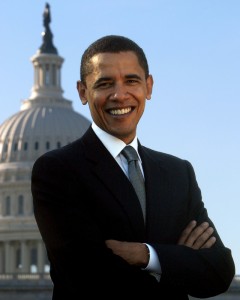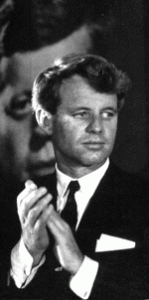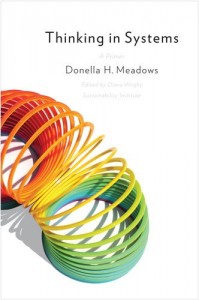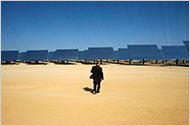Ethics in the Workplace Improved During the Recession,
“A national employee survey shows that like the Enron era, ethical conduct improves temporarily during periods of economic stress.
“Arlington, VA – Do Americans in the workplace behave better in a down economy? Apparently yes, according to the Ethics Resource Center, which today announced the results of its sixth National Business Ethics Survey® (NBES). The full report, Ethics in the Recession, is available here.
“Seventy-eight percent of U.S. employees say they or their colleagues experienced the impact of the recession. Yet key measures of ethical behavior – the amount of misconduct observed, the willingness to report misdeeds, the strength of ethical cultures and the pressure to cut corners – all improved since ERC’s last survey in 2007, shortly before the recession started. Only retaliation against those who reported misconduct ticked upward by 3 percentage points.
How do I interpret the data? People realize that there is more to life than money and material goods. Or –
- There is less money to steal.
- People watch more carefully.
- The smart crooks hide.
- Some of those who would steal if given the chance choose not to because they can’t afford the risk.
So if the crooks steal less and do so less brazenly then the general level of dishonesty is lower and the general level of ethical behavior is increased. But, an ethicist might say, for the wrong reasons. They don’t “sin” out of the fear of “Hell” not out of the joy of “Heaven.”
